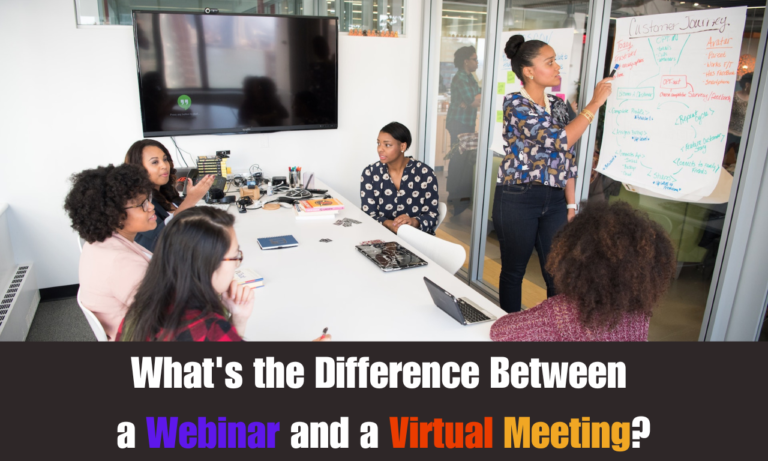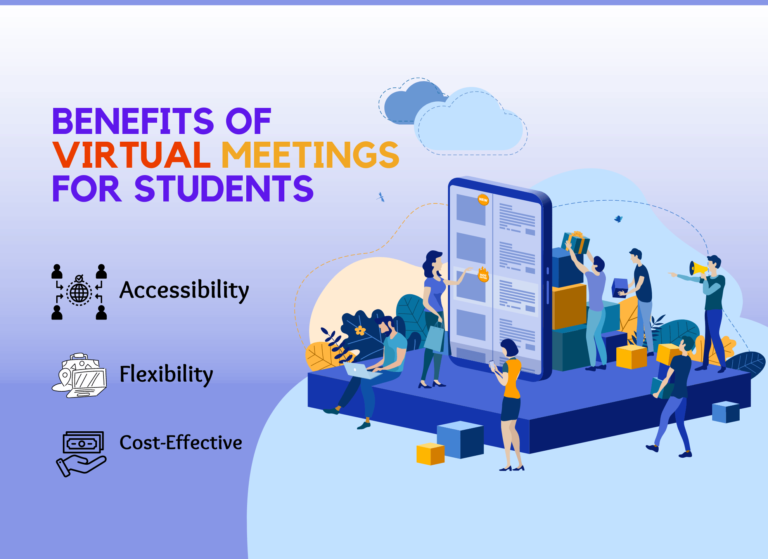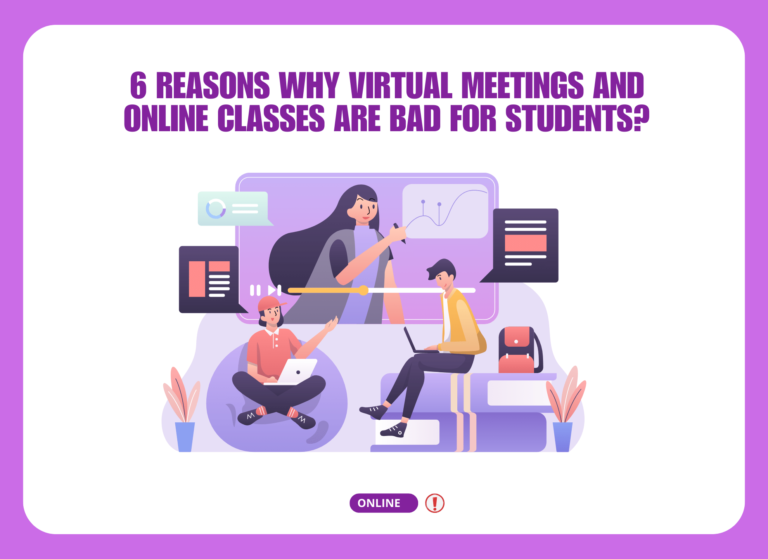
Nowadays virtual meetings have become the standard of communication and collaboration. It is becoming increasingly popular being widely used for business, educational, and personal purposes.
It is a convenient and cost-effective way to bring together geographically dispersed people, eliminating the need for travel and enabling efficient communication regardless of physical distance.
There are certain rules and regulations to make everything run smoothly, as there are in setting up virtual meetings, which is the topic of today’s discussion!
In this guide, you’ll learn everything about virtual meeting etiquette and rules.
So, let’s get started.
What Does Virtual Meeting Etiquette Mean?
Virtual meeting etiquette (aka virtual meeting manners) refers to the set of guidelines and practices that individuals should follow to ensure smooth and productive online meetings.

It helps establish a framework for conducting meetings in a way that maximizes the value and outcome of the meeting while maintaining professionalism and consideration for others.
Why is Virtual Meeting Etiquette Important?
Virtual meeting etiquette is critical to having a pretty successful online meeting! It encourages team members to work punctually, respectfully, professionally, and cooperatively.
What are the Virtual Meeting Etiquette Rules?
20 essential virtual meeting etiquette rules and guidelines for a successful meeting:
1. Know Your Meeting Platform
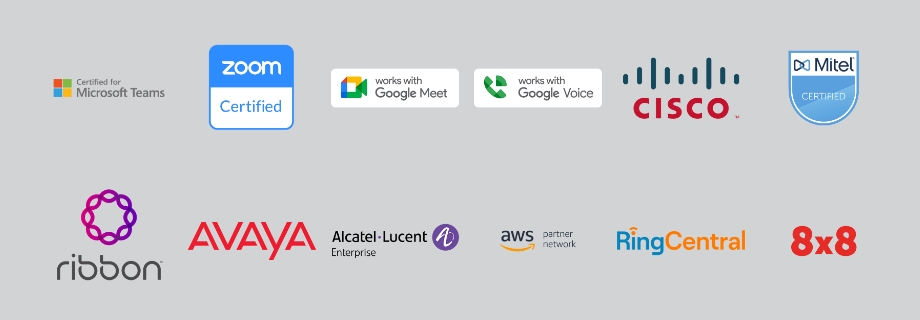
To ensure smooth and successful virtual meetings, it is crucial to have a solid understanding of the meeting platform being used.
Take the time to explore the various features and functionalities offered by Zoom meetings, Google Meet, or your chosen platform, you need to know first.
This includes everything from how you can manage your meeting platform, how to mute and unmute your microphone, turn your camera on and off, use the chat function, screen share, record, set user roles, and more.
Being proficient with these features will help you participate effectively during meetings.
2. Schedule Meetings and Send Links in Advance

Scheduling meetings and sending links in advance is crucial when it comes to virtual meeting etiquette. By doing this, you will not only demonstrate professionalism but also ensure that participants have enough time to prepare and attend the meeting.
This will provide a clear schedule with meeting dates, times, and duration allowing participants to close their calendars and make necessary arrangements. Furthermore, sharing the meeting link or access details in advance enables participants to familiarize themselves with the meeting platform and address any technical requirements beforehand. This helps reduce last-minute connectivity issues or delays, allowing meetings to start on time.
3. Come Prepared with a Meeting Agenda

Coming up with a meeting agenda is a key aspect of virtual meeting etiquette that greatly contributes to efficiency and productivity. It helps to have a clear and organized agenda so that the meeting is focused, objectives are met, and time is used efficiently.
Overall, a meeting agenda increases participant engagement, time management, and accountability. Additionally, a meeting agenda can help you with everything from making a virtual meeting more meaningful to ensuring that objectives are met and more.
4. Wear an Appropriate Dress

Wearing an appropriate dress during virtual meetings is essential for projecting professionalism, respect, and engagement. It contributes to a positive meeting environment, instills a sense of professionalism in participants, and leaves a lasting impression on others.
By doing it, you can enhance your image and help create a productive and professional virtual meeting experience.
5. Find a Quiet and Suitable Location

Finding a quiet and suitable location or room not only helps virtual meetings but also any kind of physical meeting in any place and at any workstation.
It is crucial to ensure effective communication and minimize distractions, which help to demonstrate your commitment to the meeting’s success and contribute to a positive virtual meeting experience for all participants.
6. Set Effective Background & Lights

Setting an effective background and lighting for virtual meetings is essential to creating a professional and visually appealing virtual environment. These contribute to a positive and engaging virtual meeting experience for everyone involved.
But you need to choose an appropriate background that ensures proper lighting and maintains visual consistency. Winning means you convey a sense of professionalism, attentiveness, and respect for the meeting and its participants.
7. Test Your Meeting Devices & Equipment
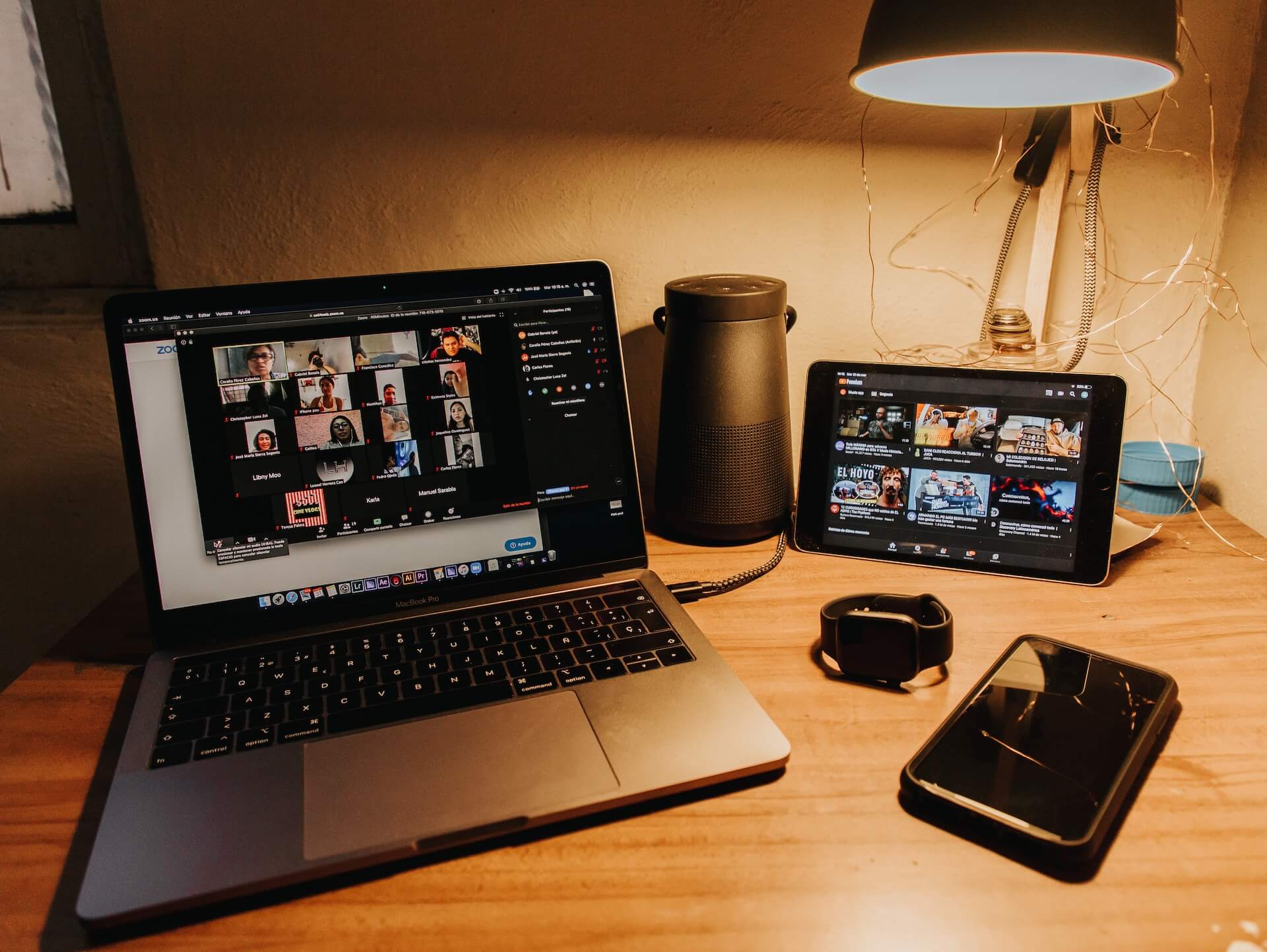
Before starting your online meeting, you must check your computer and other equipment such as webcams, microphones, headsets, internet connection, and everything else that will be connected to your meeting.
That helps you resolve any issues you may have before or during meetings, which minimizes interruptions and ensures a stable and reliable connection throughout the session.
8. Start Meeting with Say Hi
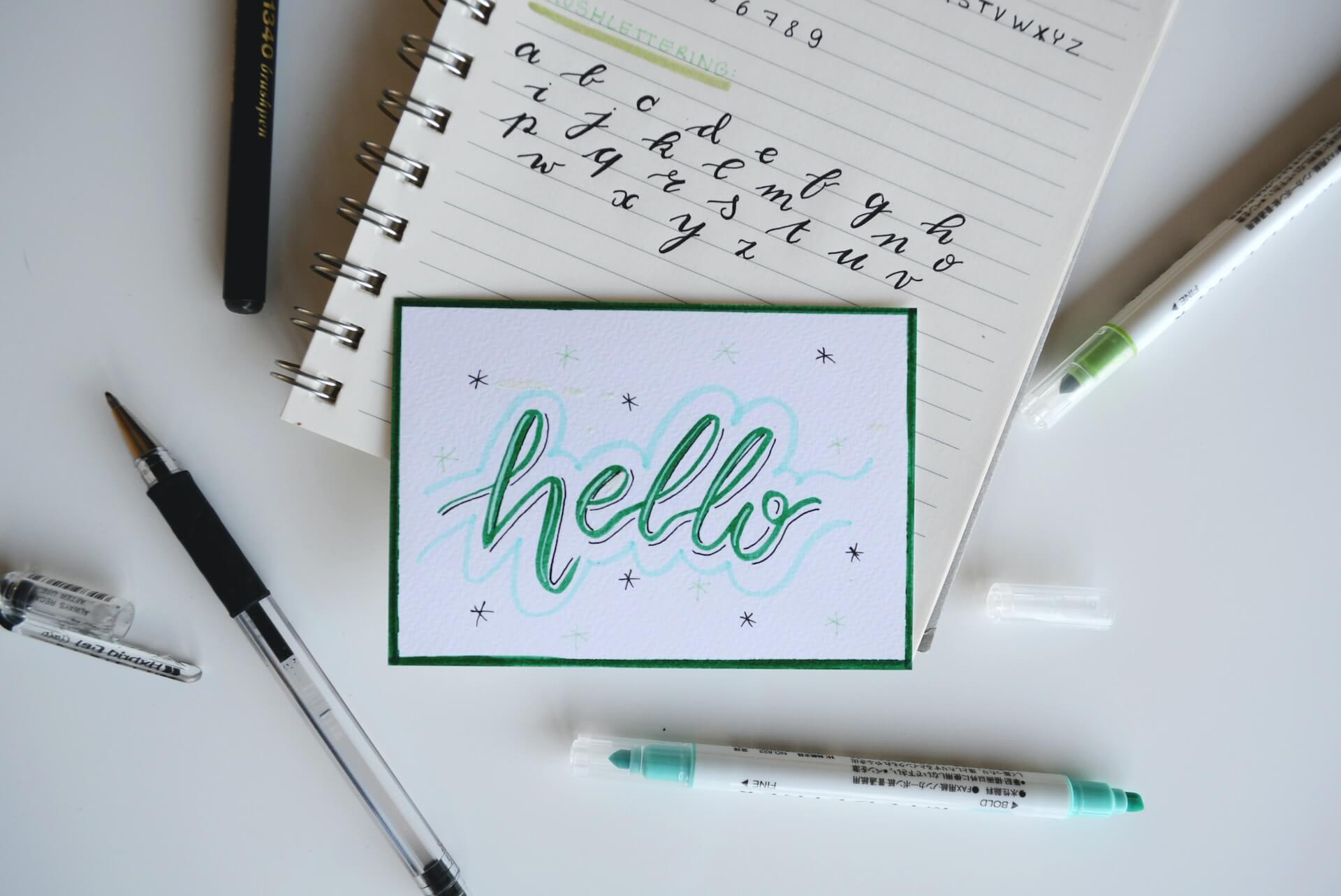
Virtual meetings often lack the small talk and camaraderie of in-person meetings. So when everyone joins a virtual meeting and takes a minute or two to say hello, everyone will bond and develop rapport, which should be the focus of a meeting.
9. Introduce Each Member of the Team

By allocating the opening minutes of the meeting to introduce everyone in attendance, you can create an opportunity to foster connection, break the ice, and establish a comfortable atmosphere for all participants.
This makes virtual meetings more engaging, productive, and enjoyable, and it instills a sense of unity and teamwork among participants!
10. Assign a Role for Everyone

Assigning a role to everyone in virtual meetings is a strategic approach that promotes engagement, accountability, and efficient collaboration. For that participants have a clear understanding of their responsibilities, which leads to increased focus and a more efficient use of time.
11. Be Patient and Adaptable

Technical errors or delays may occur during virtual meetings. Be patient and adapt to the situation. Follow the instructions provided by the host to resolve the issue or switch to an alternate communication method if necessary.
12. Be Punctual and Professional

Being punctual and professional in virtual meetings is a key factor in creating a productive and respectful environment. This will help create a meaningful meeting experience and increase the overall effectiveness of discussion and collaboration.
13. Mute Your Mic When You’re Not Talking

Muting your microphone when you’re not actively speaking is essential etiquette in virtual meetings. This will reduce your background noise, such as keyboard typing, paper shuffling, or household noises, which can be distracting and disrupt the flow of the meeting.
Be sure to unmute your mic when you’re ready to speak or actively participate in the conversation.
14. Screen Record for Future Reference

Screen recording during virtual meetings can be a valuable tool for future reference, note-taking, and information sharing. So let screen recording be a tool for you and your team, so participants can capture, save and effectively use valuable meeting content for improved productivity and knowledge retention.
15. Avoid Distractions

Avoiding distractions during virtual meetings is crucial for maintaining focus, active engagement, and overall meeting effectiveness. Additionally, it is essential to manage digital distractions, close unnecessary applications, mute notifications on your devices, and refrain from multitasking during the meeting.
16. Avoid Multitasking

Avoiding multitasking during virtual meetings helps boost your efficiency and performance because your brain can only focus on one thing at a time. When you try to do two things at once, your brain cannot perform both tasks successfully.
17. Maintain Eye Contact

Maintaining eye contact in virtual meetings is essential for effective communication, active engagement, and relationship building. By making intentional eye contact, you convey attention, respect, and cooperation. This practice enhances the overall meeting experience, instilling a sense of connection and understanding among participants regardless of their physical location.
18. Be Respectful and Courteous

Courtesy and respect are very important in virtual meetings because when you are polite, people think better of you and respect becomes automatic. Also, a foundation of mutual respect encourages meaningful engagement and enhances the overall effectiveness of virtual meetings.
19. Allow Members to Leave Early

Giving members the freedom to leave virtual meetings early shows respect for their time and responsibilities. It recognizes their need to balance multiple commitments and allows them to manage their schedules effectively.
By doing so, you promote a culture of understanding and flexibility within the team, which fosters a positive and supportive environment.
20. Send Out a Summary to All Members

Sending out a meeting summary to all members after a virtual meeting provides a reference for future discussions. It is a valuable practice that promotes transparency, and accountability, and ensures everyone is on the same page.
How to Develop a Virtual Meeting Etiquette?

Creating virtual meeting etiquette is an important step for your virtual meeting. It creates a set of guidelines and practices that promote effective communication, collaboration, and respect among meeting participants.
To develop your virtual meeting etiquette, assess the specific needs and dynamics of your virtual meeting, taking into account factors such as the nature of the discussion and the backgrounds of the participants. Conduct thorough research to identify established best practices and industry standards. Next, define your expectations and communicate them clearly to all participants.
Collaborate with each member of your team, give them input, and create a list with outputs. Also create content-sensitive rules that address various aspects of virtual meetings such as scheduling, agenda preparation, participant behavior, and use of technology. Make sure the guidelines reflect the practical needs of your team and industry
Once developed, share the guidelines with all participants and provide training sessions or workshops to educate them on the importance of virtual meeting etiquette.
Conclusion:
It is important to follow the guidelines and instructions set by the meeting organizer.
Familiarize yourself with the features of the virtual meeting platform and use them appropriately be aware of any specific rules or protocols for assigning roles, creating waiting rooms, or screen sharing. All these are important to organize a successful and effective meeting.
However, by practicing our top 20 virtual meeting etiquette, participants can create a professional and collaborative environment that promotes effective communication and successful outcomes.
Finally, being respectful, prepared, and engaged are the ultimate manners of a positive virtual meeting.
I hope this blog was helpful, if yes, please please share this article on your favorite social media channels and if you have any questions, suggestions, or feedback, feel free to contact us and comment below!
We’ll be happy to hear your thoughts, thanks.
